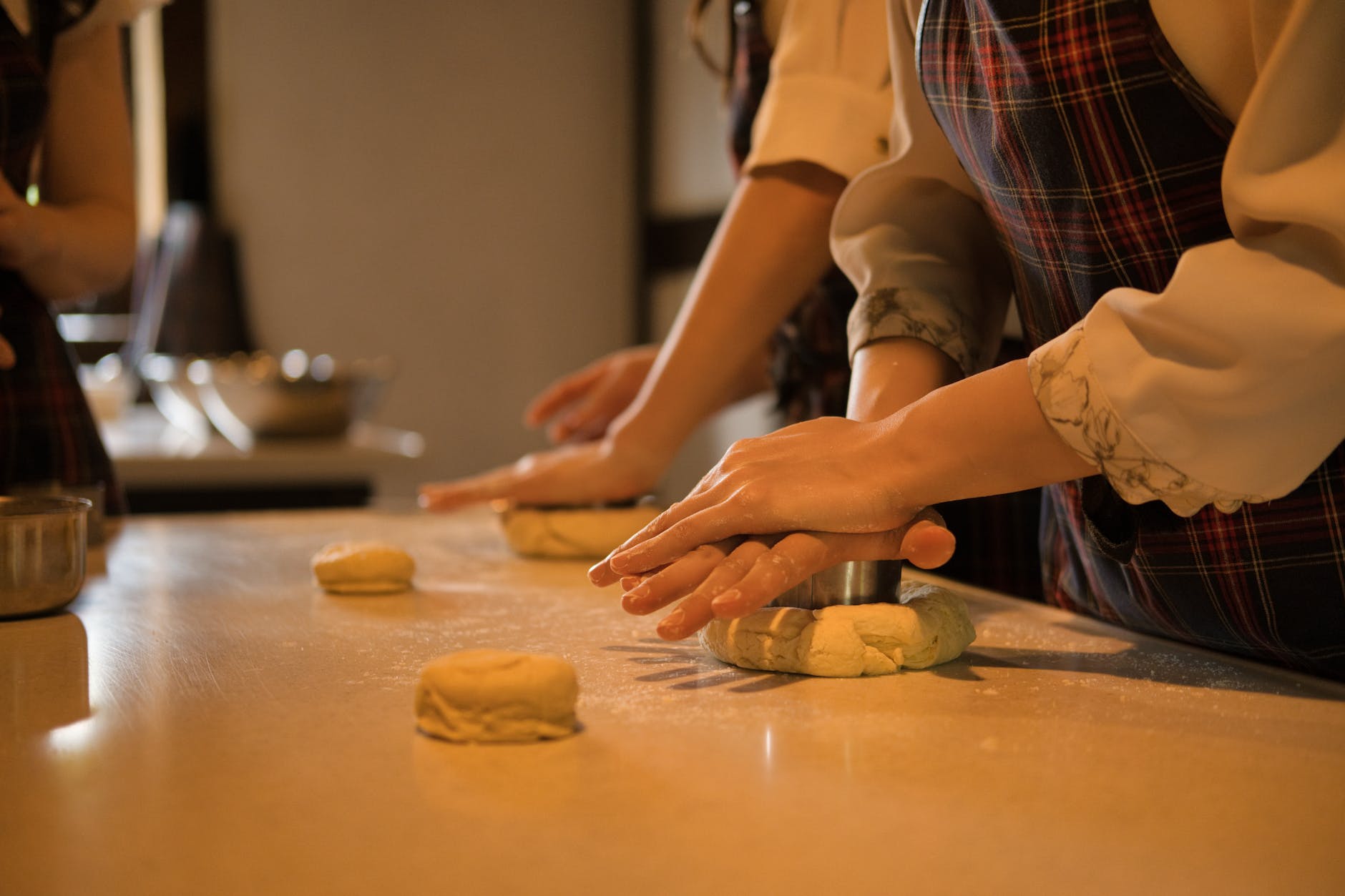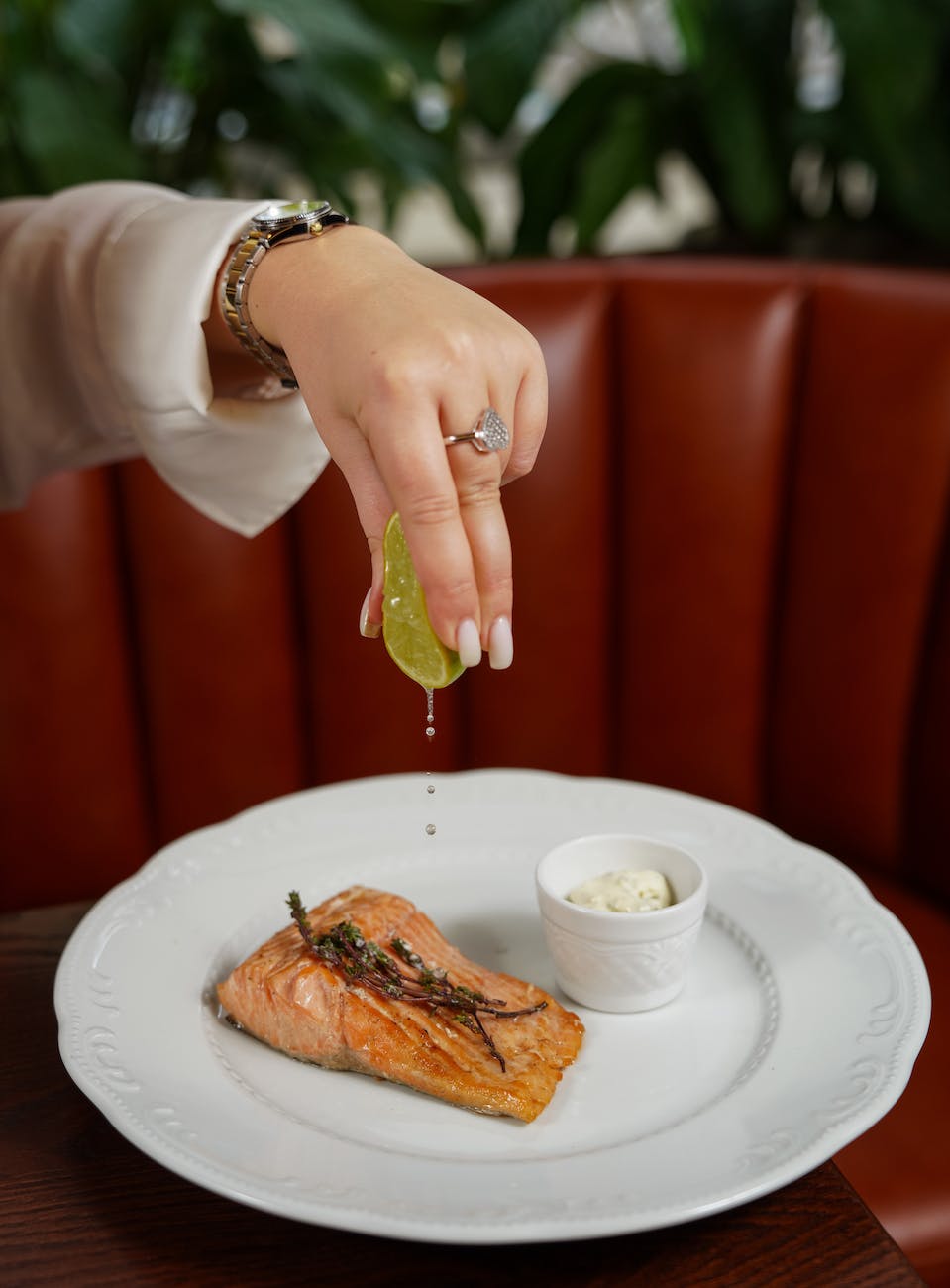
The humble scone: a basic yet versatile bakery delight that’s been a cherished part of British culinary tradition since its Scottish birth. Now a centerpiece in the beloved English afternoon tea, this simple pastry has won hearts globally with its tender, crumbly texture and perfect balance of flavors.
What Makes English Scones Special?
Distinct from the sweet, varied-flavor scones of America, the traditional English scone is typically plain or dotted with currants. The scone’s charm lies in its modesty – a circular, slightly sweet delight baked to golden perfection. Its tender, crumbly texture makes it an ideal companion for clotted cream and strawberry jam, in a combo popularly known as a “cream tea”. English scones serve as a neutral, yet satisfying canvas allowing the harmonious marriage of cream and jam to take center stage.
The Tradition of English Scones
The custom of baking and relishing scones is entwined with the English tradition of afternoon tea, dating back to the 1840s. The habit, initiated by Anna, the Duchess of Bedford, intended to bridge the hunger gap between lunch and a late dinner. Now, it’s an integral part of British culture, replete with finger sandwiches, a variety of cakes, pastries, and, of course, scones served with clotted cream and jam.
Let’s dive into the recipe of a traditional English scone and explore its delectable variations, accommodating varied dietary needs and preferences.
1. Traditional English Scone Recipe
Whip up a classic English scone with these simple ingredients and steps:
Ingredients:
- 3 cups all-purpose flour
- 1/2 cup sugar
- 5 teaspoons baking powder
- 1/2 teaspoon salt
- 3/4 cup (1 1/2 sticks) unsalted butter, chilled and cut into small cubes
- 1 cup whole milk
- 1 egg
- 1 teaspoon pure vanilla extract
For the egg wash:
- 1 egg beaten with a splash of milk
Instructions:
- Preheat your oven to 200°C (approximately 392°F) and line a baking tray with parchment paper.
- In a large bowl, combine the flour, sugar, baking powder, and salt.
- Add the cold, cubed butter to the flour mixture. Use your fingers, a pastry cutter or a food processor to work the butter into the flour until the mixture resembles coarse crumbs.
- In a separate bowl, whisk together the milk, egg, and vanilla extract. Gradually add this to the flour mixture, stirring until just combined. Remember, overmixing can lead to tough scones.
- Turn the dough out onto a lightly floured surface and knead it gently a few times to bring it together.
- Pat the dough into a rectangle about 1 inch thick. Using a round biscuit cutter (or a glass), cut out scones from the dough and place them on the prepared baking tray. You can re-roll the scraps to cut out more scones.
- Brush the tops of the scones with the egg wash.
- Bake in the preheated oven for 15-20 minutes or until the scones are golden brown.
- Allow the scones to cool on the tray for a few minutes, then transfer them to a wire rack to cool further.
- Serve warm with clotted cream and strawberry jam, or simply butter.
Enjoy your homemade traditional English scones with this Easy Recipe!
Variations
2. Vegan Scones – In a compassionate twist on the classic, replace butter with coconut oil and use plant-based milk. You can even replace the traditional egg wash with a simple brush of almond milk for a golden finish.
3. Gluten-Free Scones – Perfect for those with dietary restrictions. Replace regular flour with a mix of almond and coconut flour. A hint of xanthan gum will keep your gluten-free scones springy and delicious.
4. Cheese and Chive Scones – Transform the humble scone into a savory delight. Add grated sharp cheddar and finely chopped chives to your basic scone mixture. Serve warm with butter for a satisfying snack or as a side to a hearty soup.
5. Blueberry Scones – Introduce a fruity twist to the classic scone. Fold in fresh blueberries to your scone dough for a burst of sweet and tart flavors with every bite.
6. Lemonade Scones – Intriguing and surprisingly delightful, lemonade scones are exceptionally light and fluffy. The lemonade offers a subtle sweetness and hint of citrus to these novel scones.
Frequently Asked Questions
- What are English Scones?
- English scones are a type of baked goods that originated in the United Kingdom. They are often lightly sweetened and typically served with clotted cream and jam.
- How are English Scones different from other types of scones?
- English scones are generally less sweet and more dense than American scones. They are usually plain or have currants or raisins added in, while American scones often come in a variety of flavors and can be packed with mix-ins like berries or chocolate chips.
- When are English Scones traditionally made and served?
- English scones are traditionally made and served for afternoon tea, a British custom that usually takes place around 4pm. However, they can also be enjoyed for breakfast or brunch.
- Can I make English Scones vegan?
- Yes, it’s possible to make vegan English Scones by replacing the dairy milk with a plant-based milk and using a vegan butter substitute or coconut oil instead of traditional butter.
- Can I add fruits to my English Scones?
- Absolutely! You can customize your English Scones with a variety of fruits such as blueberries, strawberries, or apples. You can also add dried fruits like raisins or currants.
- What is the best way to serve English Scones?
- English Scones are best served warm with clotted cream and strawberry jam. You can also serve them with butter or whipped cream.
- Can I make these scones gluten-free?
- Yes, you can make gluten-free scones by using a gluten-free flour blend. Just make sure to blend is meant for baking and that it contains xanthan gum, which helps with texture and rise.
- How long do homemade English Scones last?
- Homemade English Scones can last for up to two days when stored in an airtight container at room temperature. For longer storage, you can freeze them for up to three months.
- Can I reheat my English Scones?
- Yes, to reheat English Scones, warm them in a preheated 350°F oven for about 10 minutes.
- I’m following a keto diet. Can I still make English Scones?
- Yes, to make keto-friendly English Scones, you can substitute regular flour with almond flour or coconut flour and replace the sugar with a low-carb sweetener.
From vegan to gluten-free, fruity to savory, scones offer endless possibilities. Their versatility ensures there’s a variant to satisfy every palate and dietary preference. Whether it’s a soft, fluffy scone to accompany your afternoon tea, a healthy oatmeal scone for a quick breakfast, or a savory cheese scone to serve with a winter soup, mastering the art of scone-making offers a world of culinary delights.
Embrace the tradition, master the basic recipe, and let your imagination guide your scone variations. Happy baking!










